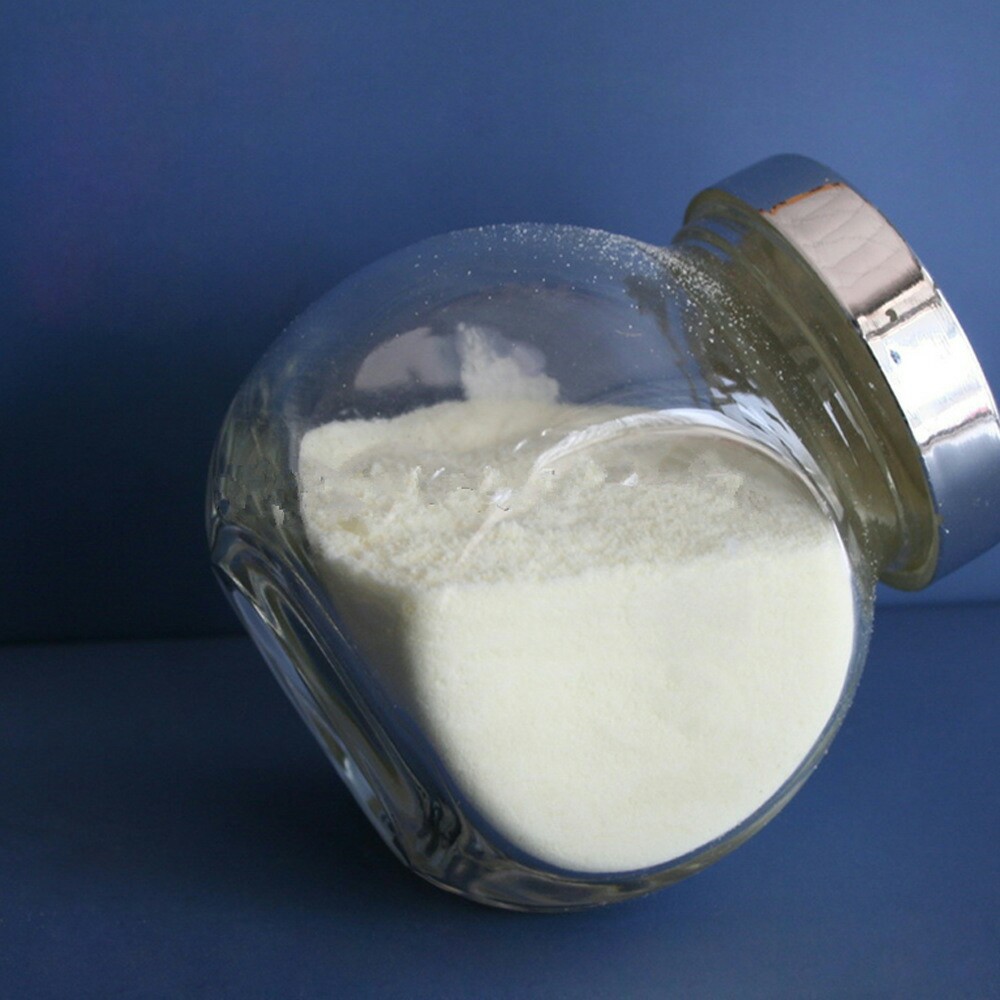[Alias]Butyric acid, butyric acid.
[Molecular formula]C4H8O2.
[Structural Formula]CH3CH2CH2COOH

[Properties]N-butyric acid is a low-grade fatty acid. It is a fermentation product when butyrate cheese goes rancid. It is a non-toxic acid with a rancid smell. Colorful oily liquid. It also exists in butter in the form of ester, with a content of 4%-5%. The relative density is 0.959 (20℃), the boiling point is 163.7℃ (101kPa), the melting point is -4.26℃, the flash point (open cup) is 77℃, and the refractive index is 1.3984 (20℃). Soluble in water, ethanol and ether.
[Use] It is a raw material for the synthesis of various butyrate esters and cellulose butyrate. In the pharmaceutical industry, it is used in the manufacture of contraceptive pills and cholecystography contrast agents. It is also used in the preparation of spices, emulsifiers, bactericides, preservatives, tanning agents, plasticizers, grain preservatives, and as solvents, extraction agents and decalcifying agents.
[Brief preparation method]
① n-butyraldehyde is prepared from n-butyric acid through an oxidation reaction in the presence of manganese butyrate catalyst.
② Made from starch, molasses or glycerol through fermentation.
[Safety and Protection] Packed in aluminum drums, with a net weight of 100kg or 200kg per drum. Store and transport according to regulations for corrosive items.
This product has low toxicity and has an irritating effect on the skin and mucous membranes. Wash the skin with clean water when it comes in contact with it.

 微信扫一扫打赏
微信扫一扫打赏

